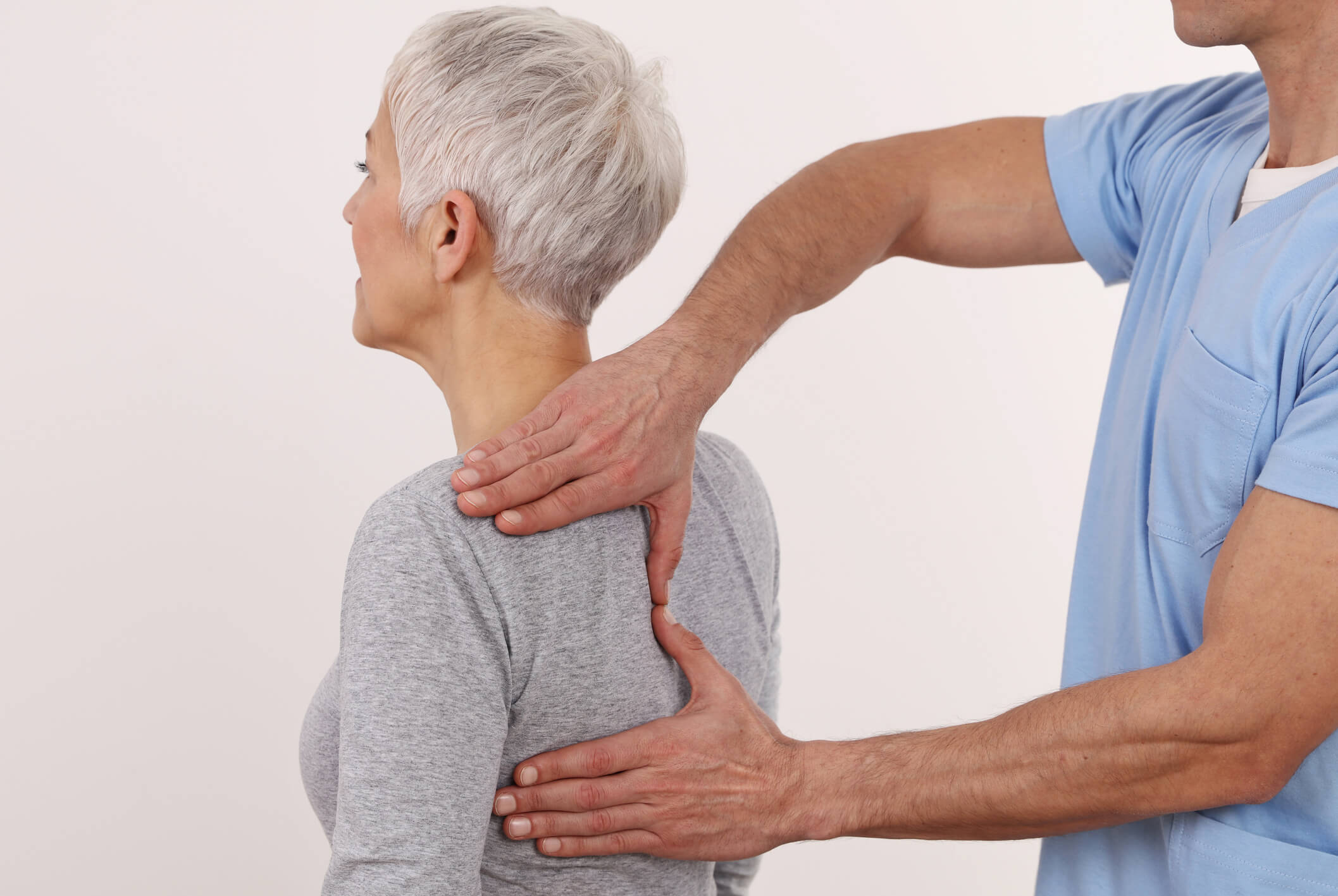Though most of us associate scoliosis with an abnormal curvature of the spine that becomes apparent in late childhood or adolescence, many patients are diagnosed with the condition for the first time when they are adults. These individuals are usually dealing with back pain or other symptoms and may not have consulted with physiatrists, like the accomplished doctors at Long Island Spine Rehabilitation Medicine.
A small percentage of these patients simply fell through the cracks during their younger years — either because they did not receive adequate medical care or because they were misdiagnosed. These patients were either born with a congenital defect or developed idiopathic scoliosis in adolescence, meaning that the condition is of unknown origin. Idiopathic scoliosis typically involves the thoracic (middle) region of the back, but may involve the lumbar (lower) back as well.
Since the 1970s when schools started screening for scoliosis, the majority of patients diagnosed with adult-onset scoliosis are suffering from degenerative (or de novo) scoliosis, a variety of the condition that doesn’t occur until later in adulthood. This condition results from the aging of the joints and discs of the spine which may occur asymmetrically, resulting in tilting and slipping of vertebrae that develop into the curvature of the spine. Degenerative scoliosis primarily affects the lumbar spine.
Doesn’t the back normally curve anyway?
Scoliosis is defined as an abnormal curvature of the spine because, although there is a natural, forward-and-backward curve to the spine, with scoliosis the spine rotates and develops an abnormal side-to-side curve. The curve of scoliosis may be as mild as 10 degrees, or as severe as 100 degrees or more.
Symptoms of Adult Scoliosis
While many people with mild adult scoliosis do not experience pain, some patients, particularly with greater curvature, may experience:
- Back pain
- Inability to stand upright
- Weak core muscles
- Poor conditioning due to difficulty exercising
- Numbness, weakness, or leg pain due to pressure on nerves in the lumbar spine
- Height loss
- Uneven alignment of the hips and pelvis
It should be noted that although adult scoliosis presents differently than many other back disorders, the back pain it produces may be treated similarly.
Diagnosis of Adult Scoliosis
In order to diagnose adult scoliosis, your experienced spinal specialist will take the following steps:
- Perform a full physical exam to check your spine manually, assessing your range of motion, your reflexes, and your muscle strength
- Take your medical history and a family history of related problems
- Record the approximate time period you first began to notice changes in your spine
- Take X-rays and possibly an MRI or CT scan to see precise images of your spinal curves
- Compare (if possible) your recent imaging tests with earlier images of your spine
- Discuss the precise nature and location of any pain you’re experiencing
- Use sophisticated diagnostic methods, such as electrodiagnostic (EMG) studies
Being diagnosed with scoliosis as an adult, perhaps even an older adult, may come as a shock to you. Don’t worry. This spinal condition can, in almost all cases, be treated symptomatically and presents no serious danger or alteration of your lifestyle.
Treating Adult Scoliosis
In patients with adult scoliosis, it is not usually the degree of spinal curve that determines the course of treatment. Rather, treatment is designed to reduce pain and improve function. Though
scoliosis per se is not painful, the age-related degeneration of the spine often is. Normally, physiatrists are able to treat the symptoms and surgery is not warranted.
Braces, designed to help the back return to its normal, are used only for young patients with scoliosis whose spines are still growing, and are therefore malleable to some degree. When scoliosis is discovered after puberty, braces are no longer useful in reducing the abnormal curve because skeletal growth is complete. Nevertheless, some patients with adult scoliosis (like patients with other back pain) may find that back braces provide supportive relief.
Conservative Treatments Almost Always Work Best for Adult Scoliosis
Pain management/rehabilitation specialists recommend stretching, swimming and other low-impact, core-strengthening exercises for patients with back pain, as well as regulated use of non-steroidal anti-inflammatories (NSAIDs).
We can also provide dramatic relief for patients suffering from pain due to degenerative scoliosis by using one or more of the following noninvasive treatments:
- Physical therapy
- Epidural steroid injections under fluroscopic guidance
- Radiofrequency ablation
- Nerve block injections
- Acupuncture
- Pulsed electromagnetic field (PEMF) therapy
We also recommend lifestyle changes that often aid in recovery, such as exercising regularly, maintaining an appropriate body weight, and refraining from smoking.
Surgical Treatment as a Last Resort
Surgical correction of adult scoliosis is only used when all other methods of treatment fail to relieve extreme pain or in cases where a more extreme deformity is impacting function or quality of life.. It is generally avoided until all other treatments fail because of the risks involved and the extent of surgery required which is also typically followed by a lengthy recovery..
Most Patients Can Live Comfortably with Adult Scoliosis
If you suspect you may have adult scoliosis, consulting with the well-credentialed spine specialists at Long Island Spine Rehabilitation Medicine is a wise decision. We can diagnose your problem, help you understand your condition, and lead you to a more comfortable future. Contact us so you can start feeling better as soon as possible.
